Tornado guide: Tornado watch vs. warning, emergency supplies and alerts, and more
Severe weather events are happening more frequently in the region, and the tornado that carved a path through Newtown Township and Wrightstown in early April is a prime example of how quickly, and aggressively, weather events can strike.
Whether we see a stark increase in extreme weather events like hurricanes, flooding, winter storms and tornadoes or a gradual one, it’s important to know what to do in emergency situations involving natural hazards.
What is a tornado?
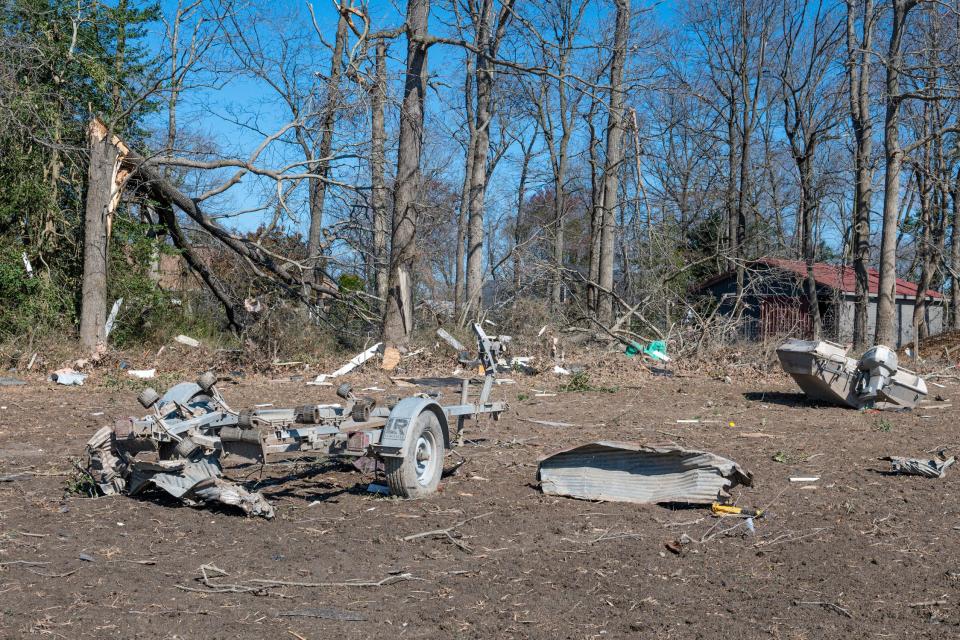
A tornado is a “violently rotating column of air extending from the base of a thunderstorm down to the ground,” according to the National Weather Service.
Tornadoes can destroy well-made structures, hurl objects through the air and uproot trees. They look like funnels extending from the sky to the ground and can bring intense winds over 200 miles per hour. A load roar like a freight train is a tornado indicator.
They can occur at any point throughout the day and any season of the year. They are most common in the Central Plains and the southeastern U.S., but they have been reported in all 50 states.
More: A tornado passed through the Newtown Township area Saturday. Here are the details
Was there a tornado in Bucks in April?
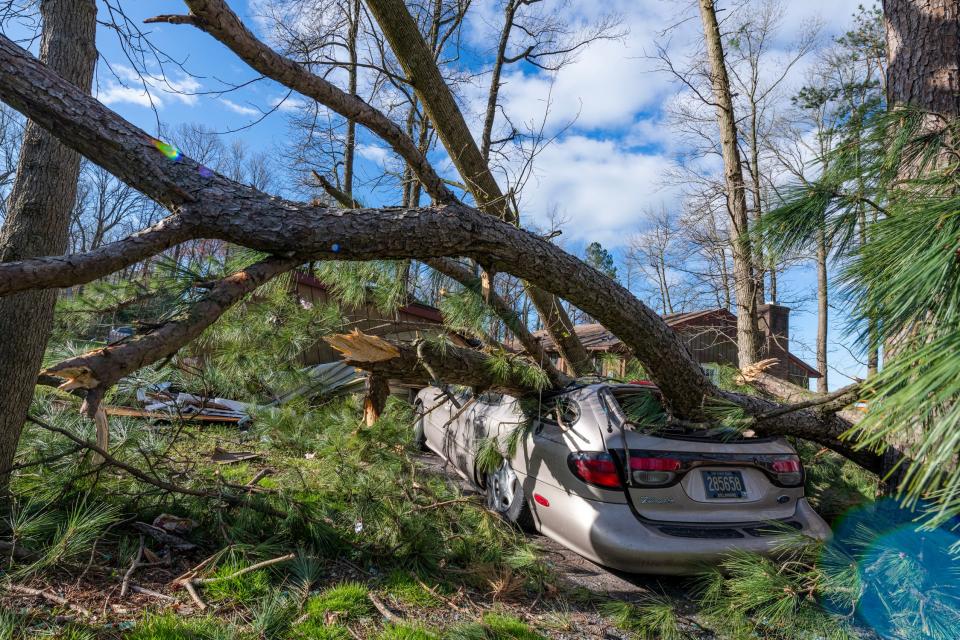
A tornado that developed in Wrightstown tore a nearly 4-mile path ending in Newtown Township on Saturday, April 1, uprooting trees in neighborhoods and the Bucks County Community College’s Newtown Township campus and damaging Harvest Seasonal Grill restaurant Newtown Township.
No injuries or deaths associated with the storms were reported. The National Weather Service confirmed preliminary damage surveys found an EF1 tornado with wind speeds of 95 to 105 mph touched down in Wrightstown and ended four minutes later in Newtown Township.
The Bucks County tornado developed as a line of severe thunderstorms moved through the area around 6:46 p.m. April 1.
An EF1 is categorized as the weakest tornado on the enhanced Fujita scale with EF4 and EF5 listed as the most violent with winds in excess of 166 mph.
That same night, across the Delaware River in Burlington County, New Jersey, an EF1 twister left a damage path through Moorestown, Cinnaminson and Delran and 100 mph straight-line winds left a one-mile damage path stretching from Palmyra to Riverton. The Weather Service also confirmed tornadoes near Jackson, Ocean County, Howell and Sea Girt in Monmouth County.
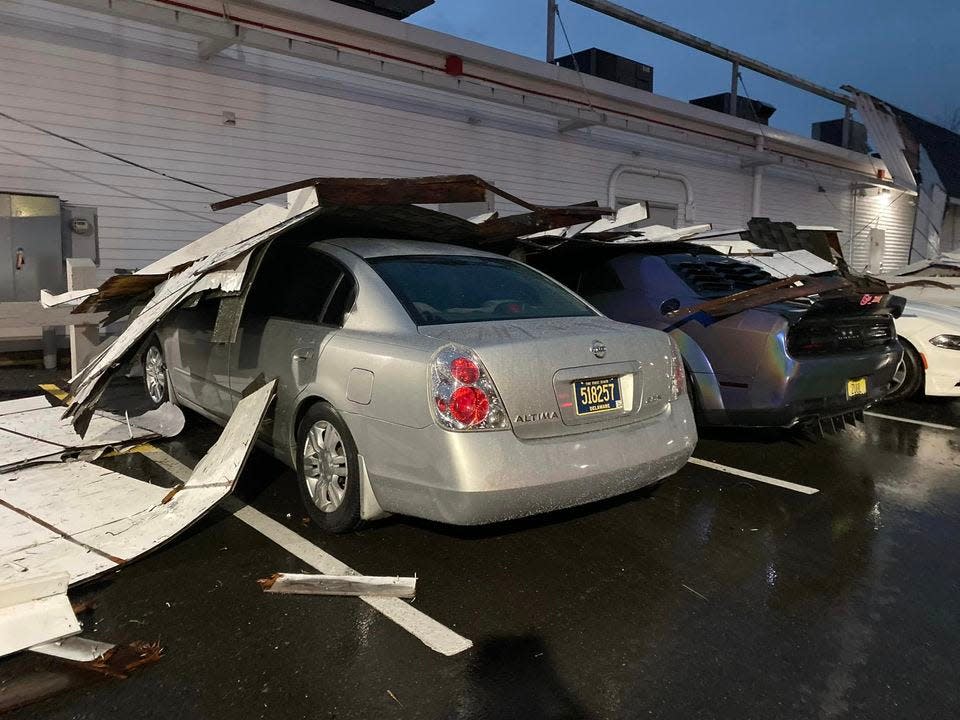
April Fools' Day tornado details: Tornado, massive storms ravage Delaware. Here's what we know
What is the difference between a tornado watch and a tornado warning?
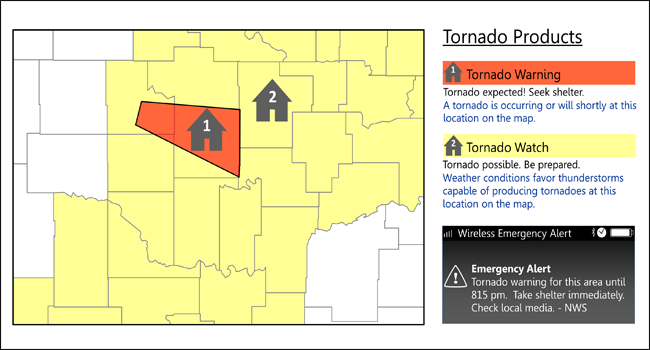
A tornado watch means tornadoes are possible in the area. If you are in a region under a tornado watch, you should keep an eye on your surroundings, discuss emergency plans and check your supplies and safe room, according to the weather service.
Be ready to act quickly if the tornado watch progresses to a tornado warning or you suspect one is approaching. Tornado watch areas are typically large and cover numerous counties or states.
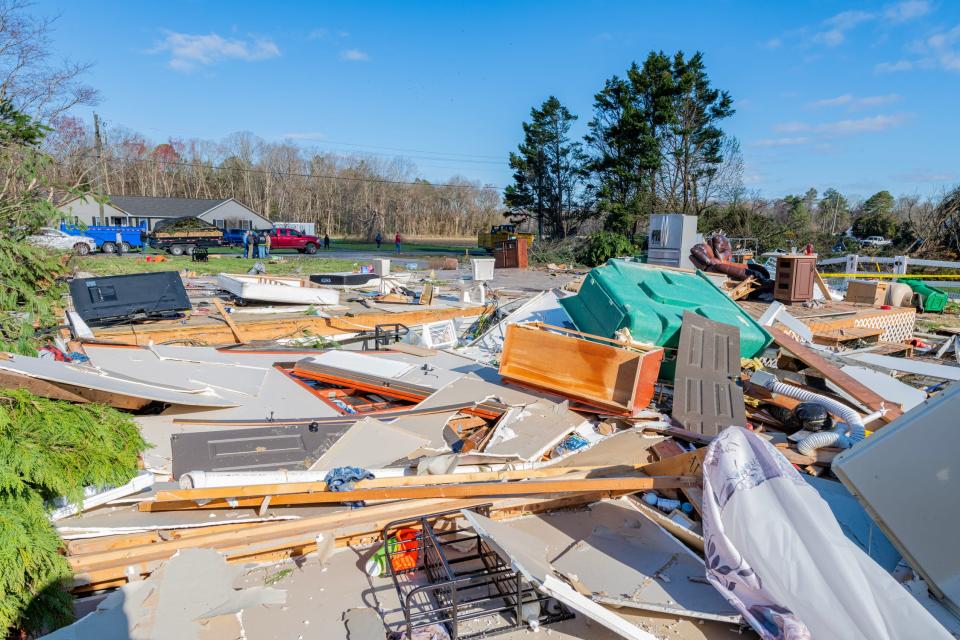
A tornado warning means take action immediately. When a warning is issued, a tornado has been sighted or indicated by a weather radar or trained spotter and there is imminent danger to property and life in the area.
Tornado warnings typically encompass a smaller area than a tornado watch, usually a city or a small county that may be impacted by the identified tornado.
What to do during a tornado warning
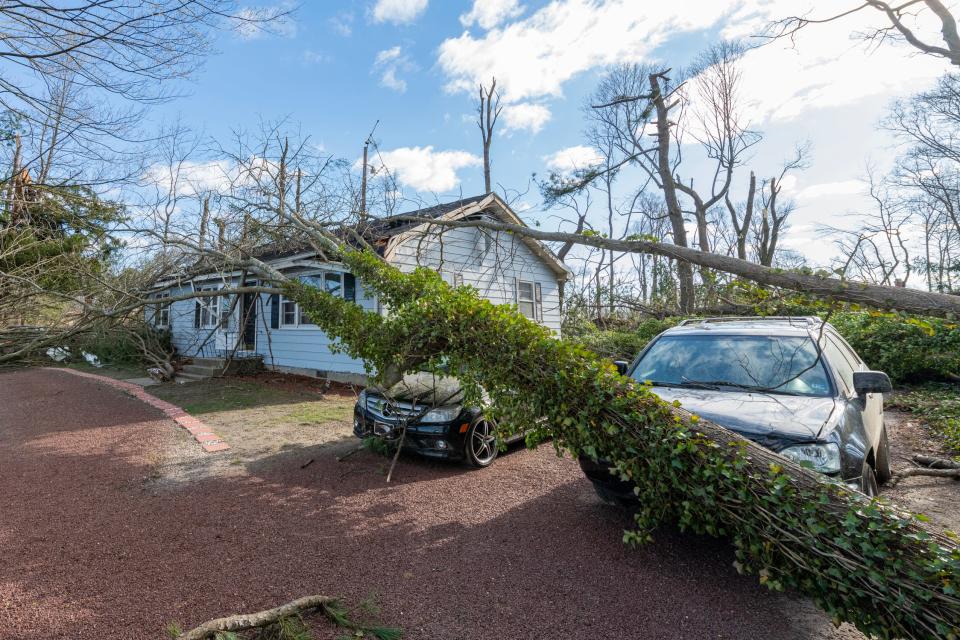
If a tornado warning is issued, move to an interior room on the lowest floor of a sturdy building and avoid windows, doors and outside walls.
If you are in a mobile home, outdoors or in a vehicle, move to the closest substantial shelter and protect yourself from flying debris. Do not go to an overpass or bridge. A low, flat location is safer, reports Ready.gov.
More tornado safety tips include:
Use your arms to protect your head and neck
Make plans to go to a public shelter if you cannot stat at home
Pay attention to weather reports during a tornado watch and sign up for your community or state’s warning system.
Include your pets in your emergency plans. Plan in advance for pet resources and accommodation in the event of an emergency.
Do not try to outrun a tornado in a vehicle.
After a tornado, you should take these precautions:
Stay clear of broken utility lines or fallen power lines.
Pay attention to emergency communication channels and local authorities for updates and safety information.
Contact your healthcare provider if you need medical attention.
Wear appropriate clothing during cleanup. Long pants and tops, work gloves, face masks or other coverings and thick-soled shoes are all items that can help keep you safe.
While it is not suggested that you attempt to outrun a tornado by vehicle, some weather events that accompany tornadoes are cautioned ahead of time before the appearance of inclement weather, like a hurricane. In this case, you might choose to leave your home for somewhere safer outside of the predicted hazard area.
Planning for this in advance helps you remain prepared, especially if an evacuation is ordered without much time to spare, according to DEMA.
Before an evacuation is needed, become familiar with what shelter spaces are available in the area and identify what friends, family or other options you can use in an emergency. Be sure to consider accommodations for your pets.
Create a family or household plan for staying in touch in emergency situations in case you become separated. Set a meeting place and update it based on the situation.
Other tips include:
Assemble supplies in a “go-bag” or emergency kit you can carry on foot or on public transportation. Have a different set of supplies reserved for car evacuations.
Keep a full tank of gas in your car if an evacuation is announced as a possibility. Always keep a half tank of gas at all times; gas stations may be closed during emergencies or down due to power outages.
If you do not have a car, plan how you will leave. Work with friends, family or local emergency management offices to see what resources are available.
If you find yourself in an area that is instructed to evacuate, it is important to follow instructions from emergency personnel or emergency communication channels.
Leave early enough to avoid being trapped by severe weather, listen to a battery- or solar-powered radio, take your emergency supply kit and strictly follow evacuation routes and instructions.
Public shelters might be an option if you do not have a place to go but beware that most shelters only take in service animals.
Other helpful actions include:
Call emergency contacts in advance and keep them updated on your whereabouts.
Secure your home by closing and locking all doors and windows.
Unplug electrical equipment like TVs, radios and small appliances, but leave freezers and refrigerators plugged in unless there is a flooding risk. Shut off the water, gas and electricity before leaving if instructed to do so.
Wear sturdy shoes and protective clothing.
Check if neighbors need a ride to safety.
After evacuation, check with local officials before traveling back to your residence. Do not travel home before storm debris is cleared and let friends and family know your travel plans, your departure time and your arrival time.
More post-evacuation tips include:
Fill up your gas tank. Download a fuel app to check for outages along your route.
Bring supplies like water and non-perishable food for the car ride.
Only use generators outside and away from your home. Never use a generator inside a home or garage or connect it to your home’s electrical system.
Follow recommended evacuation routes. Shortcuts might be blocked.
Be on the lookout for road hazards like downed power lines and washed-out bridges or roads.
Do not drive in flooded areas.
For more information about Emergency Alert System radio stations, power contact numbers by city and local Delaware TV stations, visit www.preparede.org/resources.
Emergency kit information
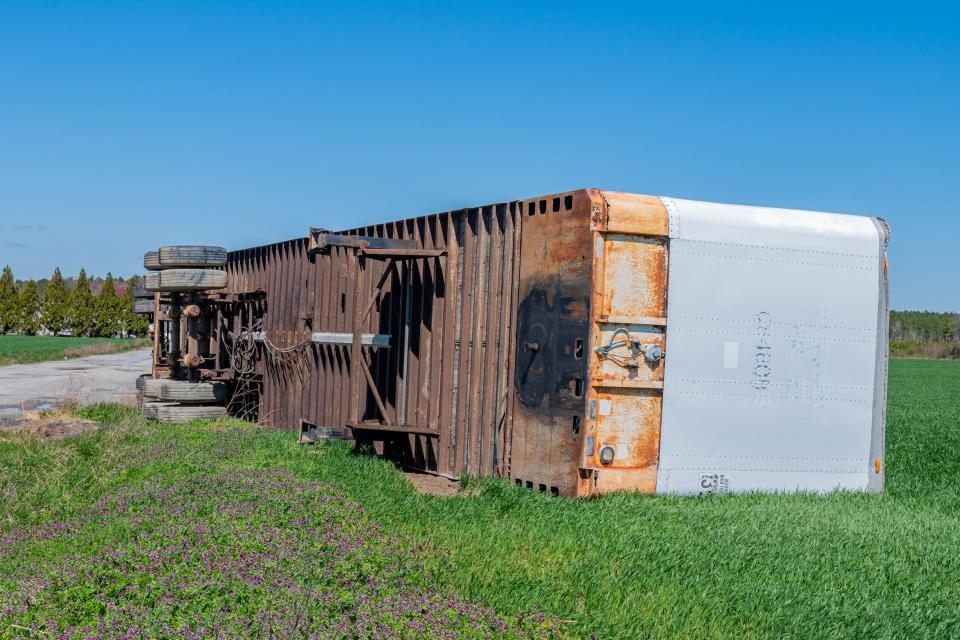
Whether you’re dealing with a tornado or another natural disaster, having an emergency kit during emergency situations will help you safely stay in place until the event passes.
If you already have an emergency kit, make sure you replace expired items as needed and review the items at least twice a year.
More coverage of Saturday's tornado: Updated impact of Delaware tornado: 1 killed and over 60 buildings damaged or destroyed
Updating items to reflect changes in household needs or seasonal demands will also help you stay on top of what your needs may be during a disaster.
The main types of kits include an emergency shelter-in-place kit, which can be used for an extended stay at home of three or more days; a go-bag for immediate evacuation of your home, which is a scaled-down version of the emergency shelter-in-place kit; and a travel kit, which is for your vehicle and can be used if you are traveling for work or vacation, according to PrepareDE.org.
Examples of emergency items include:
One gallon of water per person per day.
Three-day supply of non-perishable food and a can opener.
First-aid kit and medications.
Flashlight.
Whistle to signal for help.
Cell phone power bank or car changer.
Recent photos of your household and a copy of important documents in a waterproof portable container or sealed Ziploc bag.
Special-needs items for children, seniors and those with disabilities.
Complete change of weather-appropriate clothing per person in the household.
Got a tip or a story idea? Contact Krys'tal Griffin at kgriffin@delawareonline.com.
This article originally appeared on Delaware News Journal: How to prepare for a tornado in Pennsylvania

